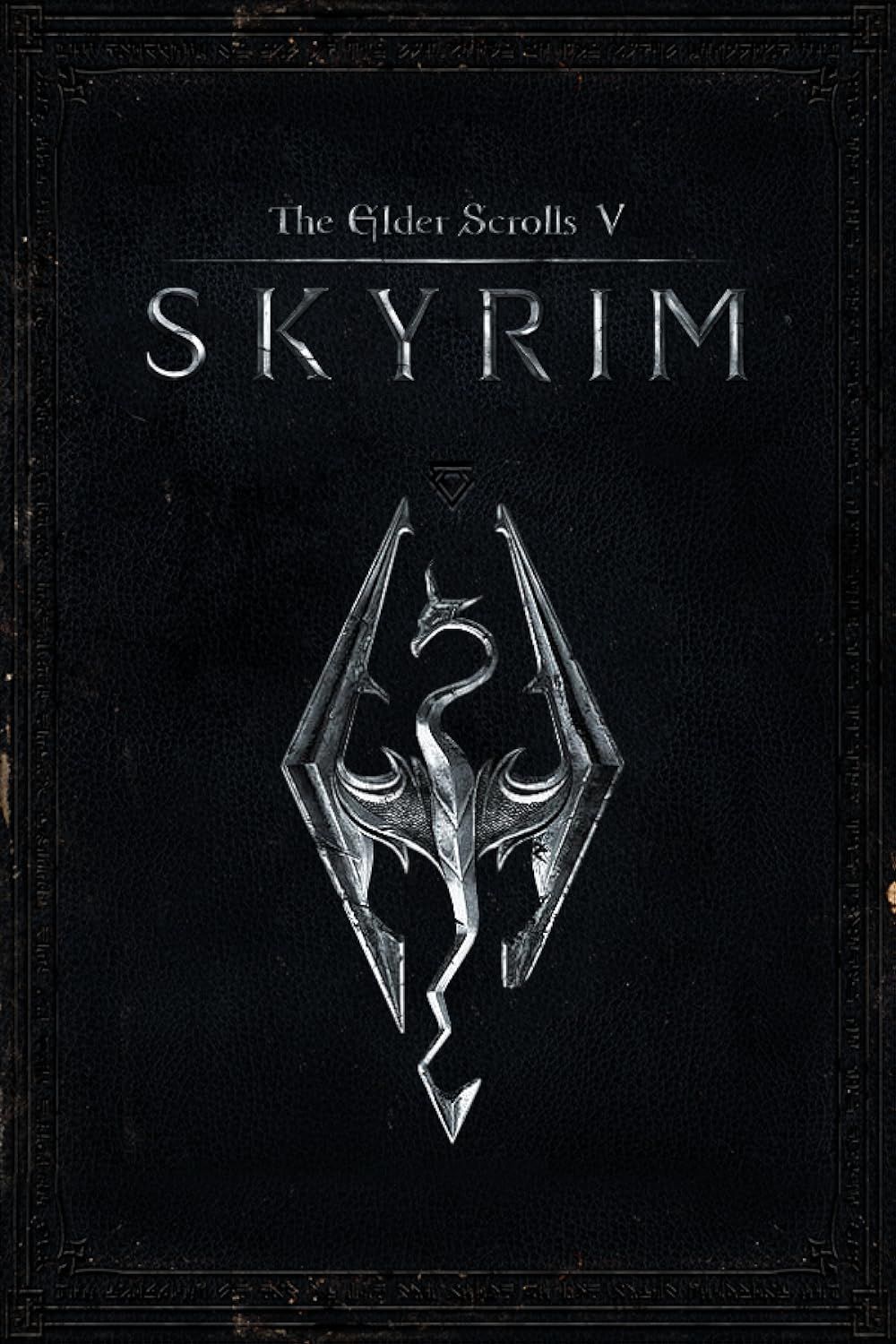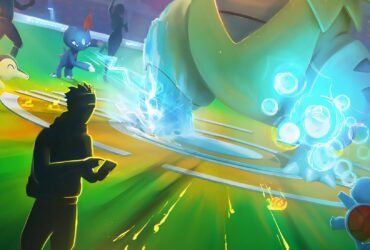One of the most enigmatic lore and worldbuilding aspects of The Elder Scrolls is the nature of the Daedric Princes. The Daedric Princes have played a major role in the main storyline of most of the games in The Elder Scrolls, with the notable exception of Skyrim, which instead focused on the prophecy of Alduin, the World-Eater, with the Daedric Princes playing a minor role in side quests.
The Daedric Princes could return to a major role in The Elder Scrolls 6, especially if one is spotlighted above the others and has a role to play in the main storyline. As the Daedric Princes are some of the most interesting characters in The Elder Scrolls lore, with a diverse range of personalities, goals, powers, and domains, including their influence in the main storyline of The Elder Scrolls 6 would be a return to tradition and have enormous potential for its main story.

Related
How The Elder Scrolls 6 Can Benefit From ESO’s Class Design
The Elder Scrolls Online’s class design could influence the creation of a more immersive and engaging role-playing experience in TES6.
While the Daedric Princes may feel more minor than the Aedra, they’re actually equivalent in power. The key difference between the two groups of deities is that the Daedric Princes have no worries about directly interacting with those who inhabit the plane of Mundus, or Tamriel, while the Aedra refrain from doing so. As a result, the Daedric Princes are far more involved in the events of The Elder Scrolls, and tend to either be evil or more morally gray than the Divines, although several of the Daedric Princes are considered to be good.
Morrowind and Oblivion both had major interference from the Daedric Princes, Azura and Mehrunes Dagon specifically. The Nerevarine was a result of a prophecy by Azura and her magic, while the events of Oblivion were set in motion by Mehrunes Dagon attempting to invade Tamriel. Oblivion‘s expansion pack, Shivering Isles, was centered around the Daedric Prince Sheogorath, and took place in his plane of Oblivion. All three Daedric Princes provided vastly different stories, with Azura providing a reincarnation storyline and giving guidance through dreams and visions, Mehrunes Dagon an action storyline centered around an invasion, and Sheogorath a study in identity and power.
With such a variety of domains, personalities, and powers, the Daedric Princes offer a wealth of potential for The Elder Scrolls 6‘s story. The Daedric Princes are popular because their individual quests are often creative and stand out in every game, even setting aside the often powerful items that completing their quests rewards players. Translating that to a main storyline could make The Elder 6‘s story more compelling than creating a more generic world-ending threat which, while giving the player reasons to stop it, can become boring.
Shivering Isles allowed players to build a relationship with Sheogorath and gave a more nuanced view of the Daedric Prince, beyond his role as the Daedric Prince of Madness. While The Elder Scrolls 6 doesn’t need to go as far as adopting apotheosis or mantling as Oblivion and Shivering Isles did, these are still some of the most interesting aspects and processes of The Elder Scrolls that haven’t been examined in-game, and it’s a gap that The Elder Scrolls 6 can fill.
There are still plenty of Daedric Princes that haven’t been in the spotlight yet, such as Sanguine, Clavicus Vile, Jyggalag, Namira, or Peryite. Some of these Daedric Princes have domains considered disgusting, such as Namira, or are considered weak, such as Peryite, but could offer an interesting dynamic with a player character. And, because of the nature of Daedric Princes, they don’t have to be an antagonistic force. Like Azura and Sheogorath, they could be allies, or even play a more ambivalent role, such as the role Solas plays in Dragon Age: The Veilguard, where it’s uncertain if they can be trusted.













Leave a Reply